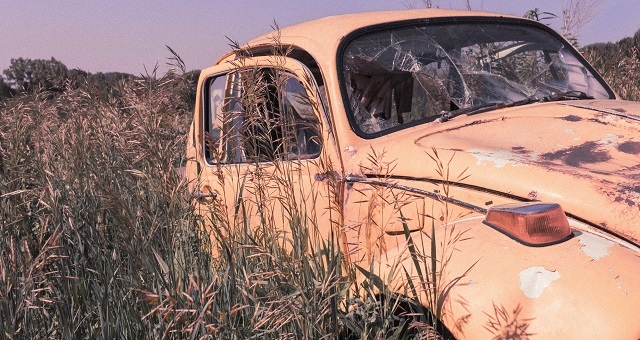The new challenges of recycling obsolete cars
Motor vehicles are one of the more challenging things to recycle, largely because of the raft of different materials they are made up of.
More than 500,000 end of life vehicles (ELVs) are taken off the road each year, and while most of the metal is able to be recovered, the rest often ends up in landfill.
This is a major issue when you consider that modern cars are loaded up with plastics, computers and other synthetics which are not easily separated.
The Auto Parts Recyclers Association of Australia (APRAA) estimates that 100,000 tonnes of waste from ELVs is generated annually. That waste can include harmful products like oil, petrol, brake fluids, coolant, lead, hexavalent chromium, mercury and harmful gases from air-conditioning systems.
APRAA states that is not only harmful for the environment, but a significant loss of resources for the auto recycling industry.
What is being done to recycle this waste?
Fortunately, there is some amazing innovation happening across the globe in the field of auto recycling, as well as in Australia.
For example, South Korea is one of the world leaders in recycling ELVs, largely because of legislation introduced in 2008 in the Act for Resource Recycling of Electrical/Electronic Equipment and Vehicles.
This mandate has led to some incredible research, which Auto Recyclers Association of Australia executive director David Nolan said even included converting shredded car waste into a viable energy source.
“The most recent research, some of the leading research, is being conducted in Korea,” he said.
“Shredder residue is a very combustible waste stream. There is a power plant operating in Korea now which is converting shredder residue to energy.
“There is also an enhanced separation pilot scheme happening in Korea where the plastics and other material are physically separated.”
Depollution of vehicles before they are shredded is also taking hold across the world, with Nolan pointing to recent legislation passed in Ontario, Canada mandating this practice as an example.
However, this is not a widespread practice in Australia just yet.
“We are simply shredding the vehicles and all of the shredder residue which contains all of those [harmful] elements… ends up in landfill,” Mr Nolan said.
“Out of 750,000 ELVs a year, it would be lucky if 250,000 were depolluted in an environmentally appropriate manner.”
APRAA made a submission to the Federal Government in 2014 on this issue, calling for legislation making de-pollution mandatory.
That submission pointed to the fact that there is no single legislative instrument that captures the safe disposal and recycling of ELVs in Australia.
“Currently, ELVs and their disposal are captured under a patchwork of Federal and State regulation and industry led stewardship schemes,” the submission stated.
A call to action
Mr Nolan said there needs to be stricter government enforcement to ensure Australia followed the lead of other countries in recycling ELVs.
“Australia seriously lags the rest of the industrialised world in managing its vehicle waste stream.”
Change could be coming, with certification organisation NSF International launching its Australian, New Zealand Automotive Recycler Certification Program in April this year.
This certification will ensure that recyclers meet grading, labeling and traceability requirements. It will also mean they must comply with Australian recycler regulations for safety, environmental regulatory compliance and record keeping.
Rob Bartlett is the executive manager of National Partners and Industry, Motor Claims at Suncorp Insurance and he said this certification would improve the supply chain of recycled auto parts.
“Independent, third-party certification has the potential to add significant value to the professional automotive recyclers who do things right, and provides for an alternative parts supply chain,” he said.
Some car companies are taking an active lead as well, like Spain’s SEAT. This company has set itself a target of halving its environmental footprint by 2025, which includes reducing the generation of waste and volatile compounds its vehicles could potentially create.
So while auto-recycling in Australia is an improving industry, there is still plenty of work to do in when it comes to tackling ELVs. Other countries around the world are showing there is plenty of scope to re-use all of the elements housed in modern cars, with potential new legislation and certification in Australia needed to ensure we follow their lead.
The Australasian Waste & Recycling Expo runs from August 23-24 at the Melbourne Convention & Exhibition Centre.
Want more? Register free now for AWRE 2017 to stay up-to-date with the latest.
-
Subscribe to the latest industry news, insights and AWRE updates.
- Subscribe

